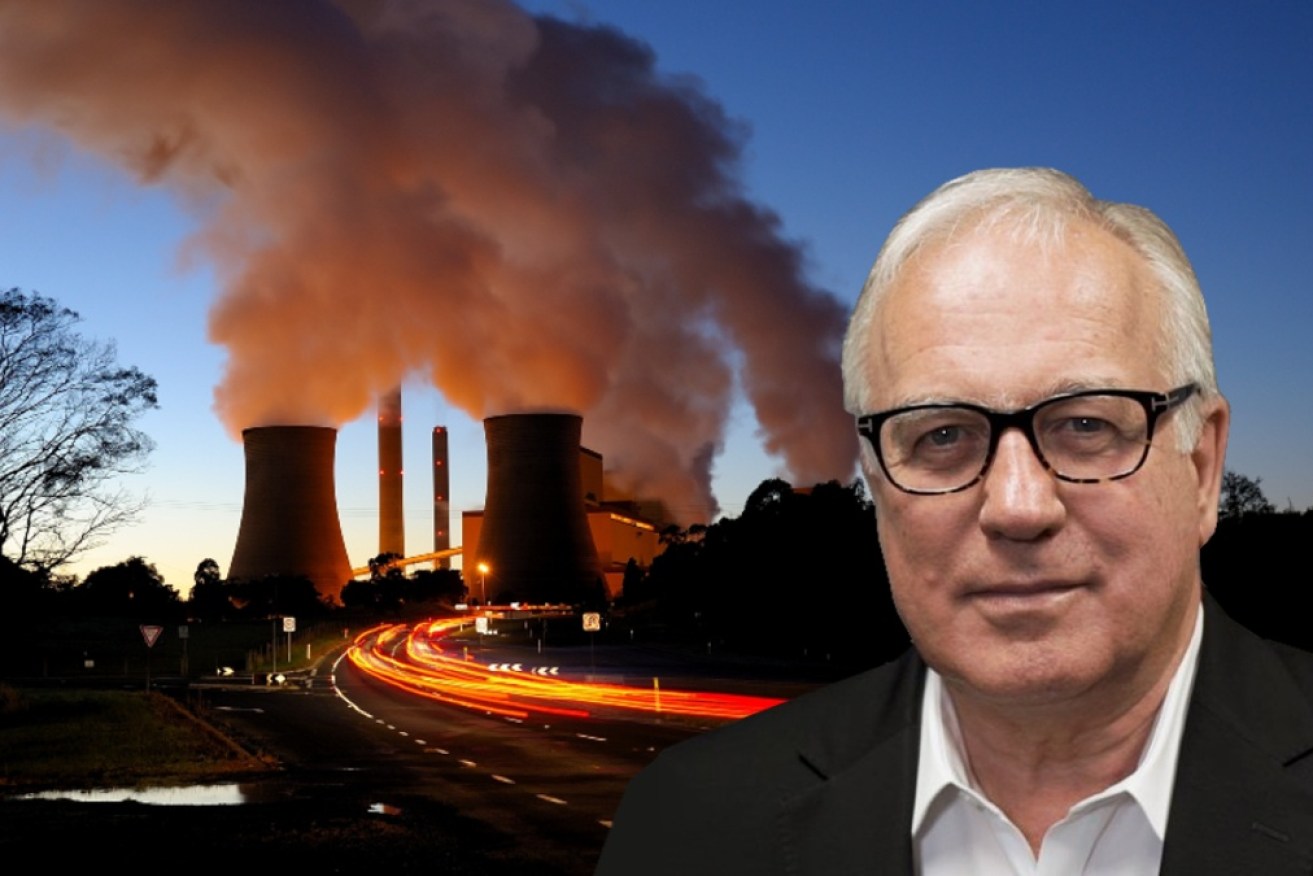Alan Kohler: It’s national suicide by politics, it’s death by degrees


Replacing the GDP gap left by fossil fuels won’t be achieved by the repetition of a slogan, writes Alan Kohler. Photo: TND/Getty
Far from implementing the vision of COP26 in Glasgow, as intended, COP27 in Egypt signed the death warrant for 1.5 degrees.
That number was the ambition of COP21 in Paris: Keeping warming to 2 degrees above pre-industrial age global mean temperatures, and preferably 1.5 degrees.
Over the seven years since then, the world’s politicians and business leaders have been quietly slinking away from that while saying the opposite. It’s suicide by politics.
That has been exposed in Egypt with a deal on cash bribes to poor countries, but little else.
Keeping warming to 1.5 degrees now looks impossible, and according to David Karoly, one of Australia’s leading climate scientists, there’s an 80 per cent chance of 2 degrees, while 3 degrees is 50/50.

COP27 in Egypt signed the death warrant for 1.5°C.
What’s more, says Karoly, given that the sea is cooler than the land, a global mean temperature rise of 2 degrees means at least 3 degrees on the land, where we all live. And 3 degrees global mean equals an unliveable 4 degrees on land.
Last year the Australian Academy of Science published a report co-authored by David Karoly, titled: Risks to Australia of a 3-degree Warmer World.
It makes confronting reading, especially considering this is now a 50 per cent likelihood.
What’s the plan?
So the question is: At what percentage likelihood of disaster, agreed by most scientists, should a government seriously prepare for it? Wait till it’s 100 per cent? How about 80 per cent? If you knew there was a 50 per cent chance of a cyclone hitting your house, would you at least board up the windows?
Australia’s exports of fossil fuels represent about 17 per cent of GDP and the tax revenue from the companies doing it would come close to paying for the defence budget, or the Commonwealth public service.
Over the next 20-30 years, this revenue will disappear as the world heats up and switches to renewables at the same time, with increasing urgency.
What is the plan to deal with the consequences of 2-3 degrees of warming, as laid out by the Academy of Science, along with the loss of one-sixth of the national GDP and a big chunk of government revenue?
The answer, apparently, is that Australia will be a “renewable energy superpower”, which Prime Minister Anthony Albanese has been saying for a few years.
It is a meaningless slogan.
The only realistic prospect for renewable energy exports is hydrogen, and in that product Australia has nothing like the scale or competitive advantages it has in coal and LNG.

Green hydrogen requires enormous investment. Photo: YouTube/Seeker channel
“Green hydrogen” is produced by applying renewable energy to water through electrolysis that separates the oxygen and hydrogen. It requires an enormous investment – a desalination plant, electrolyser and a machine to combine the hydrogen with nitrogen to produce ammonia for export, plus another machine at the other end to split the ammonia into hydrogen and nitrogen again.
We have no greater access to water and nitrogen than anybody else, and while we have a lot of sunshine, that’s unlikely to offset the disadvantage of distance from the main markets.
The “green steel” industry that some are pushing for the Pilbara, using hydrogen to replace coking coal in furnaces, would cost between $700 billion and $1 trillion, according to a mining CEO who has done the numbers.
Australia urgently needs to start planning to replace 15-20 per cent of GDP over the next two decades, and it won’t be achieved by the repetition of a political slogan.
The hard grind
It will only be done through hard, sustained policy grind, detailed planning, careful focusing of taxpayers’ money and benchmarking Australia against its competitors, and then doing better than them in costs and tax.
Fundamentally, politicians can’t afford to think too far ahead. Australia’s ridiculous two- to three-year terms are shorter than most, but even four- to five-year terms are too short for the gap between political cost and the political benefit in dealing seriously with global warming, as opposed to appearing to.
But even leaving aside the reduction in GDP and tax revenue, the long-term cost of inaction is chilling, as set out by the Academy of Science last year.
Here are a few quotes from that report:
- “Under 1.5 degrees of global warming, heatwaves would occur three times a year with each event lasting on average 7.5 days. With global warming of 2 degrees, heatwaves would occur at least four times a year, on average lasting 10 days. At 3 degrees of global warming, heatwaves would happen as often as seven times a year, with events lasting 16 days on average.”
- “The average lifetime of a cyclone is likely to extend by 12-24 hours as global mean surface temperature increases from 2 degrees to 3 degrees of global warming.”
- “Fire risk (driven by record heat, dryness, and fuel, see case study, p.34) will increase by 30 per cent or more in south-eastern Australia.”
- “The majority (approximately 70–90 per cent) of the world’s tropical coral reefs are projected to disappear at even low levels of warming of 1.5 degrees.”
- “A 3 degrees global temperature increase would reduce yields of key crops by between 5 and 50 per cent, depending on crop and location”.
So, scientists are being quite specific about what we’re facing … with a 50-80 per cent probability.
It’s time to consider removing decisions about climate change from the short-term political cycle. Perhaps increase the funding of the Climate Change Authority and give it the power to make independent decisions like the Reserve Bank, or at least public recommendations.
An independent statutory body, perhaps the CCA, needs to be responsible for preparing Australia for extreme weather and more disasters, including the problem of flood insurance, or the lack of it, which is with us now.
As for developing a plan to replace Australia’s fossil fuel exports, that lies with Treasurer Jim Chalmers and Industry and Science Minister Ed Husic because money will be needed, as well as long-term planning.
To direct the spending, they should set up a process, perhaps a royal commission, to establish priorities and, yes, pick some winners.
After COP27, there is no longer any doubt about what’s coming.
Alan Kohler writes twice a week for The New Daily. He is also founder of Eureka Report and finance presenter on ABC news.








